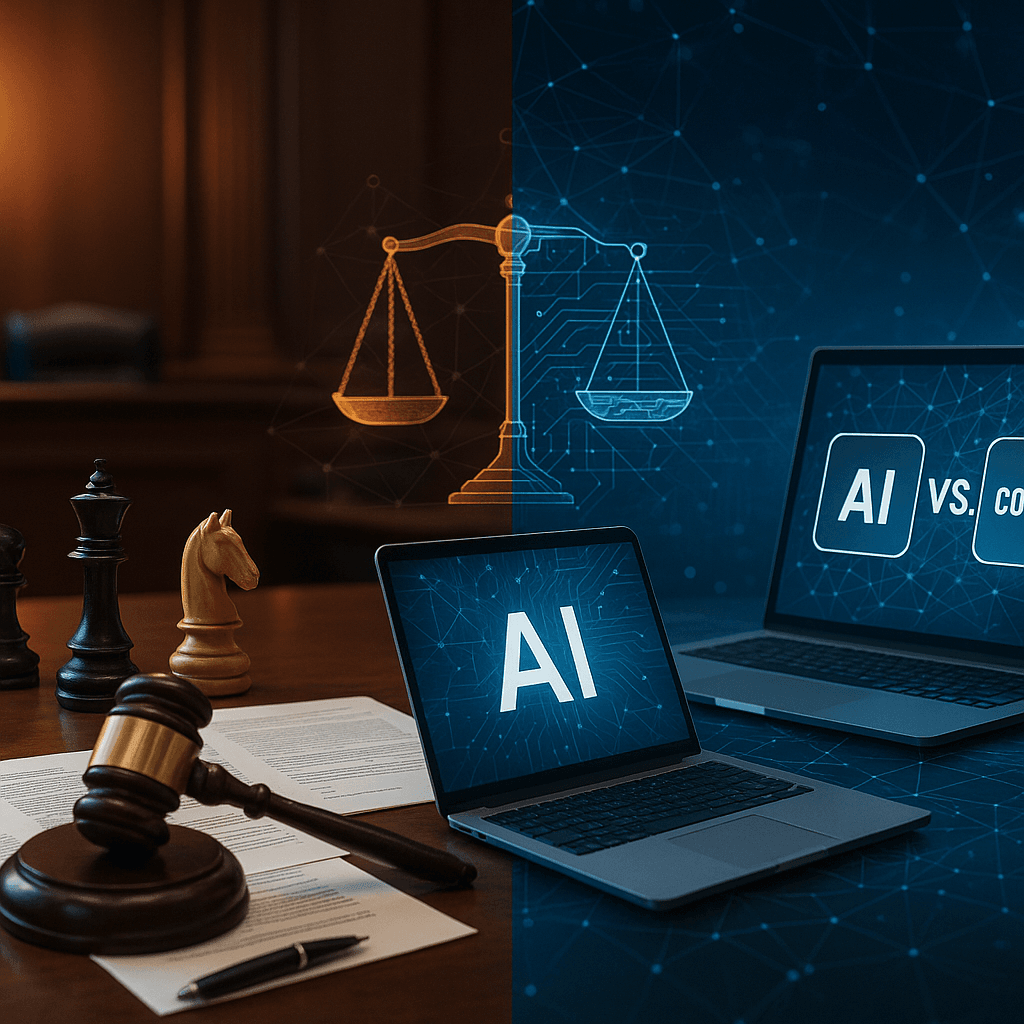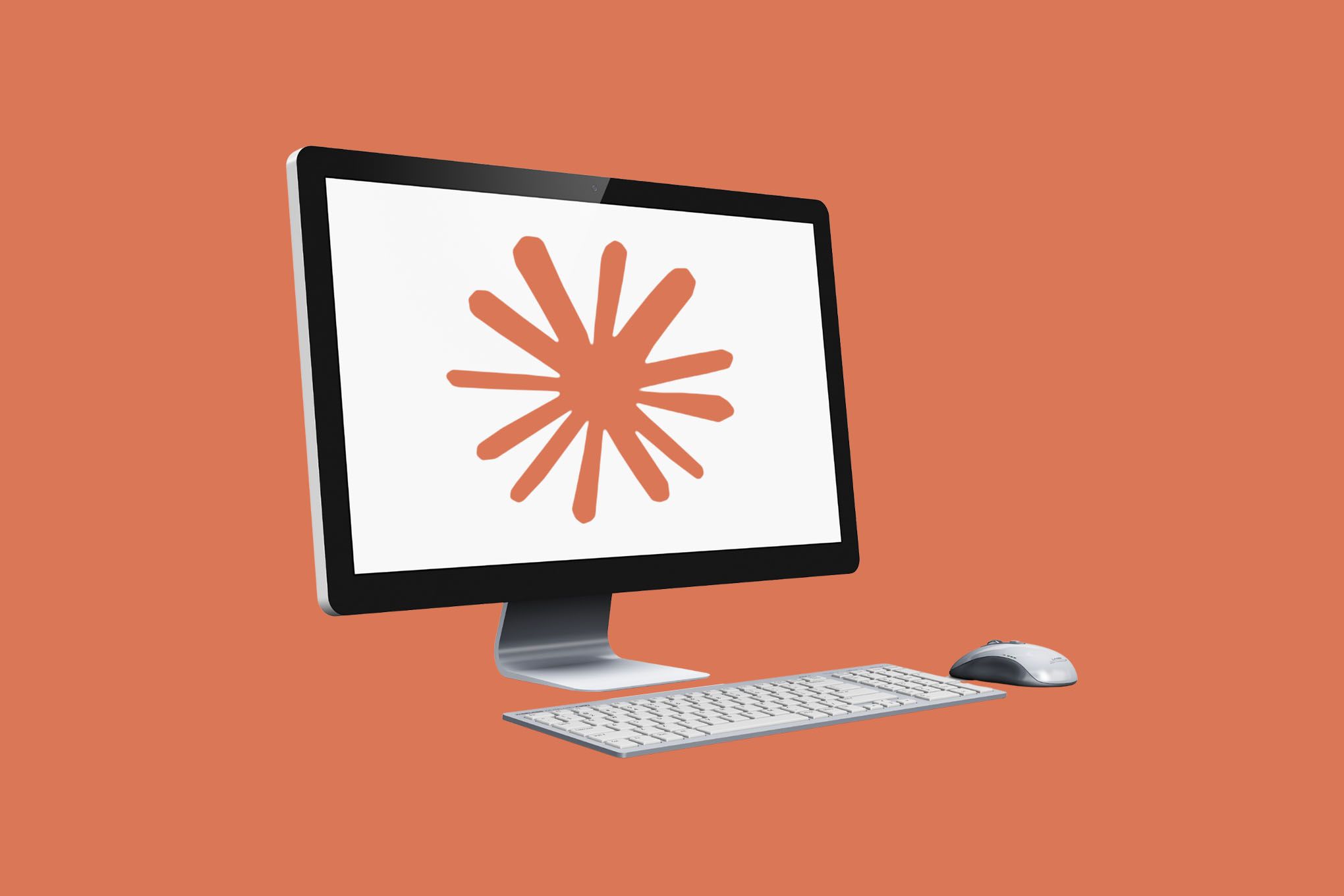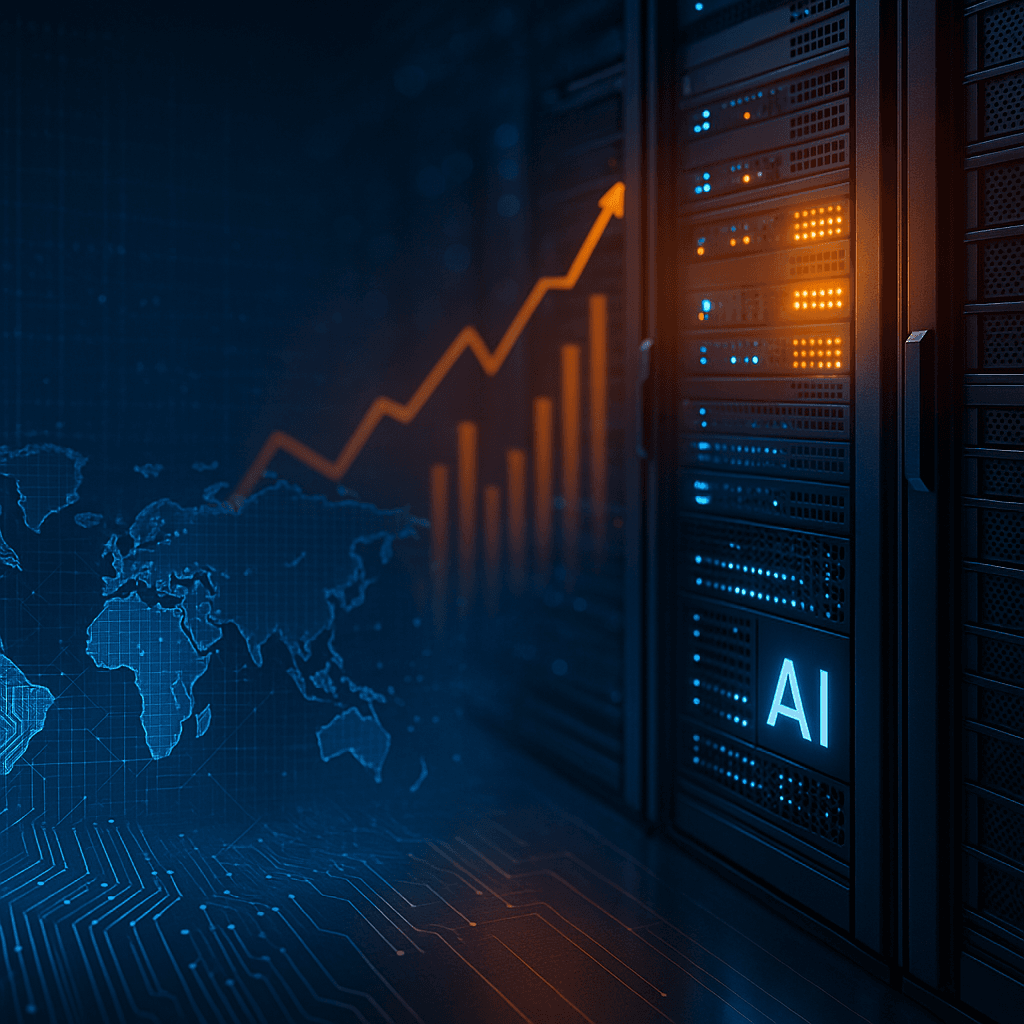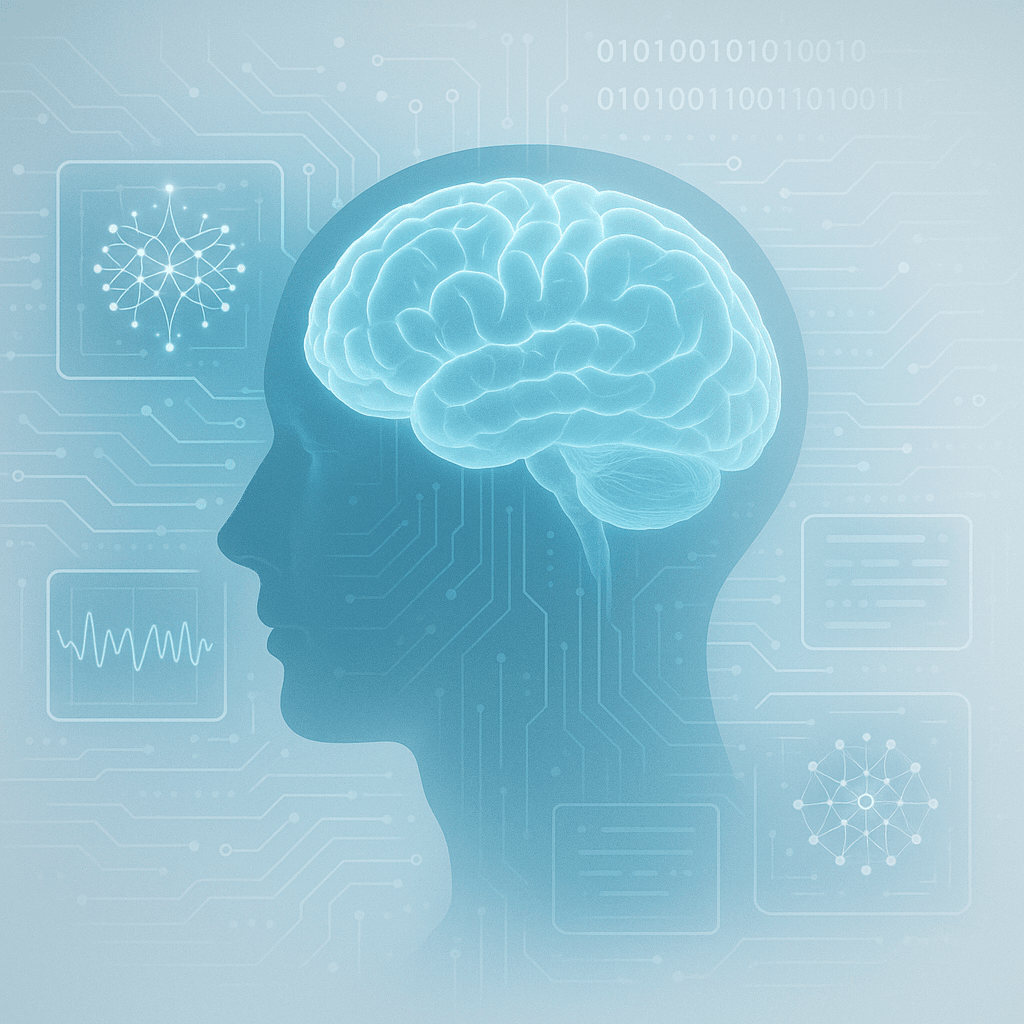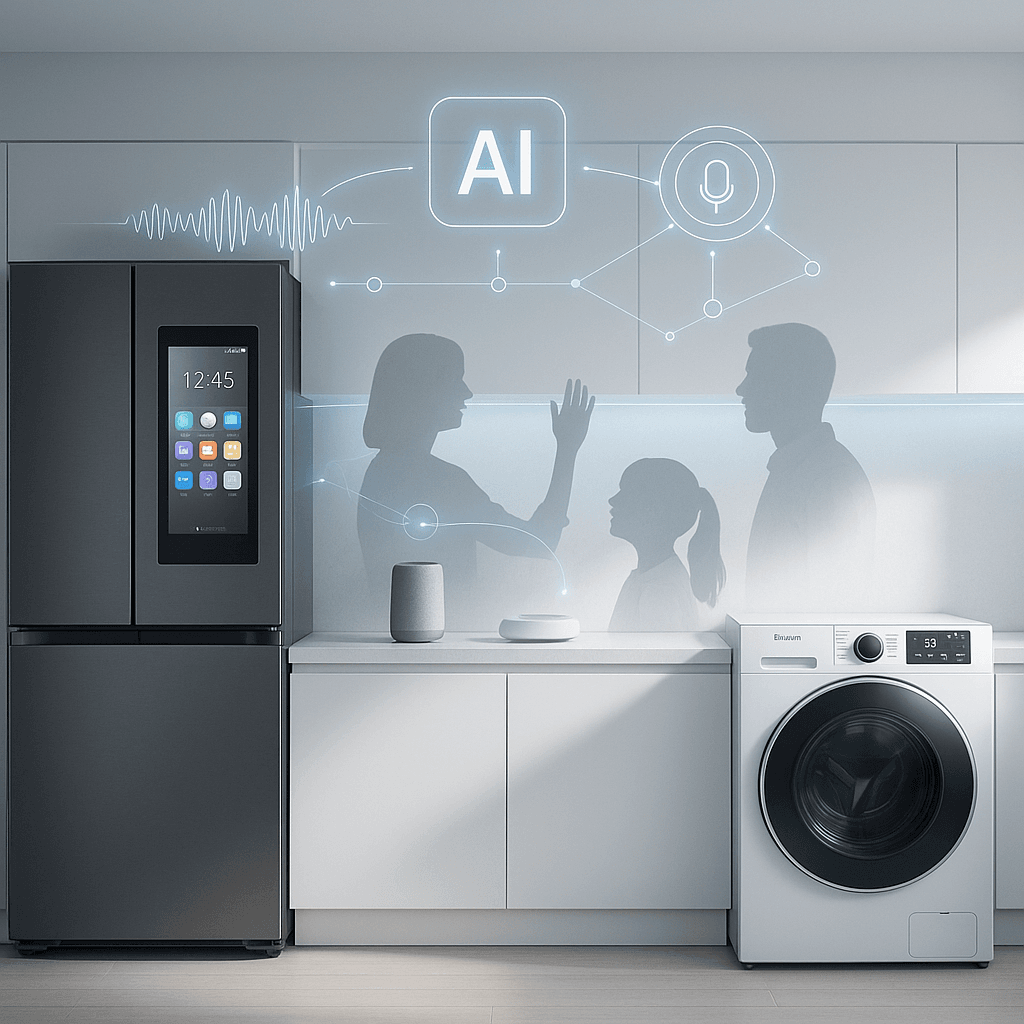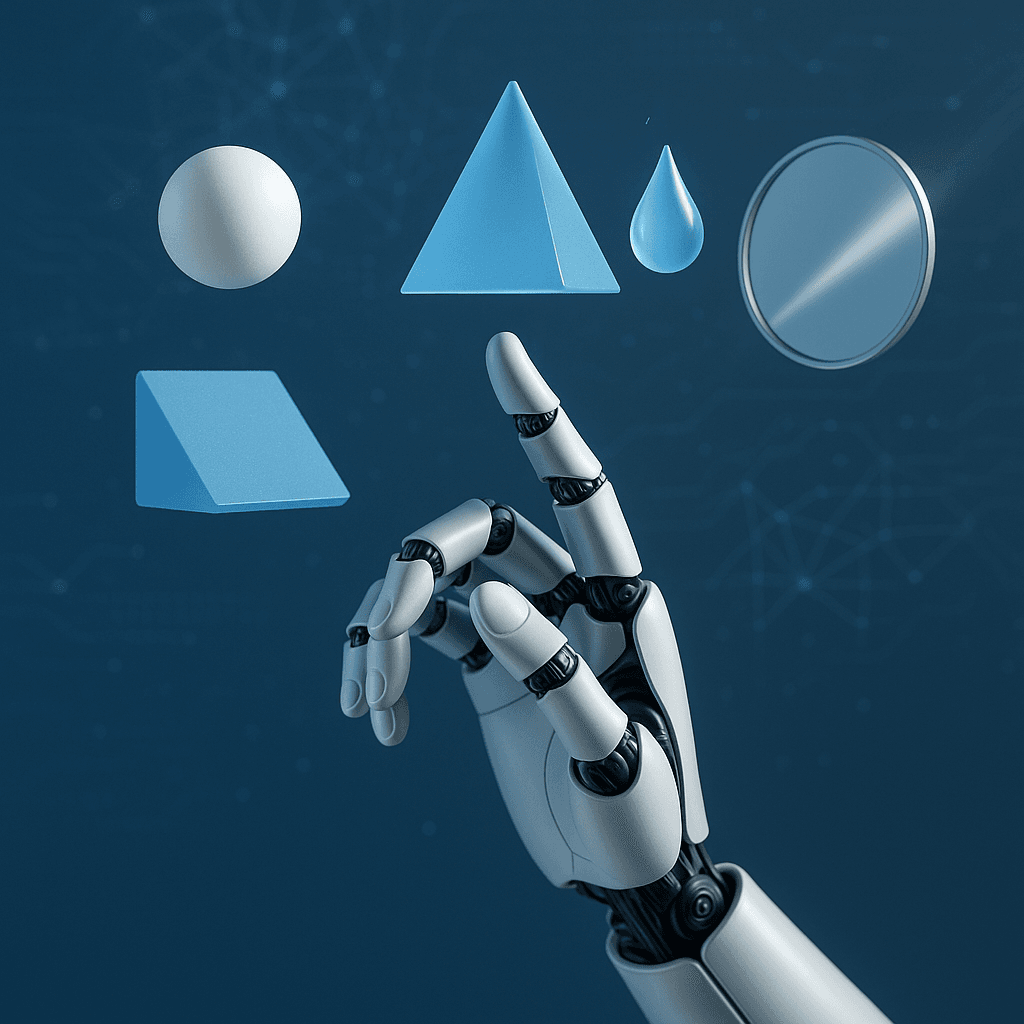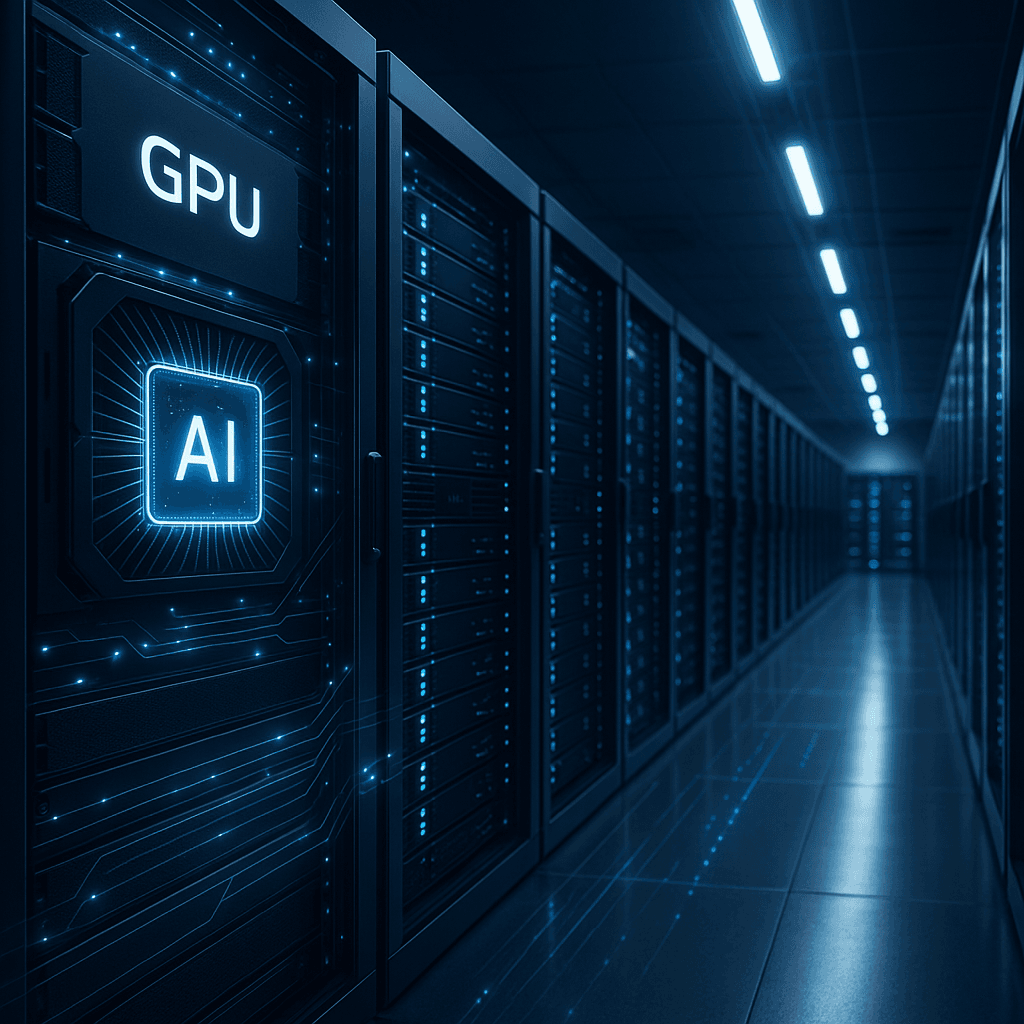NVIDIA just shipped its most powerful robotics computer yet, and the industry's biggest names are already onboard. The Jetson AGX Thor developer kit, powered by the company's Blackwell architecture, delivers 7.5x more AI compute than its predecessor while slashing power consumption by 65%. Amazon, Boston Dynamics, and Meta are among early adopters racing to build the next generation of intelligent robots.
NVIDIA just dropped the hardware that could finally make intelligent robots mainstream. The company's Jetson AGX Thor developer kit and production modules are now shipping, packing enough AI horsepower to run multiple large language models simultaneously while keeping power draw under 130 watts. The timing couldn't be more critical as robotics companies race to deploy humanoid workers and autonomous systems across industries.
The response from major players has been immediate and telling. Amazon Robotics is already integrating Thor into its next-generation warehouse automation systems, while Boston Dynamics sees it as key to advancing their Atlas humanoid platform. "The computational horsepower and energy efficiency necessary to develop and scale the next generation of AI-powered robots," is how Tye Brady, chief technologist at Amazon Robotics, described Thor's capabilities in today's announcement.
[Embedded image: NVIDIA Jetson Thor module alongside robotic applications]
The technical leap is substantial. Jetson Thor delivers up to 2,070 FP4 teraflops of AI compute—7.5x more than its predecessor, the Jetson Orin, while consuming 65% less power per operation. This isn't just incremental improvement; it's the difference between robots that can think and robots that can reason in real-time. The system packs 128GB of memory and runs on NVIDIA's Blackwell architecture, the same GPU foundation powering the company's data center AI chips.
"We've built Jetson Thor for the millions of developers working on robotic systems that interact with and increasingly shape the physical world," NVIDIA CEO Jensen Huang said in today's announcement. That developer ecosystem has grown to over 2 million users since Jetson's 2014 launch, with more than 7,000 customers already deploying edge AI across industries using the previous Orin platform.
The real breakthrough lies in multi-AI workflow capabilities. Previous robotics computers struggled to run vision processing, language understanding, and motor control simultaneously. Thor changes that equation entirely. , the humanoid robotics startup backed by $675 million in funding, is betting its future on this capability. "NVIDIA Jetson Thor's server-class performance, delivered within a compact and power-efficient design, allows us to deploy the large-scale generative AI models necessary for our humanoids to perceive, reason and act," Figure founder Brett Adcock explained.
